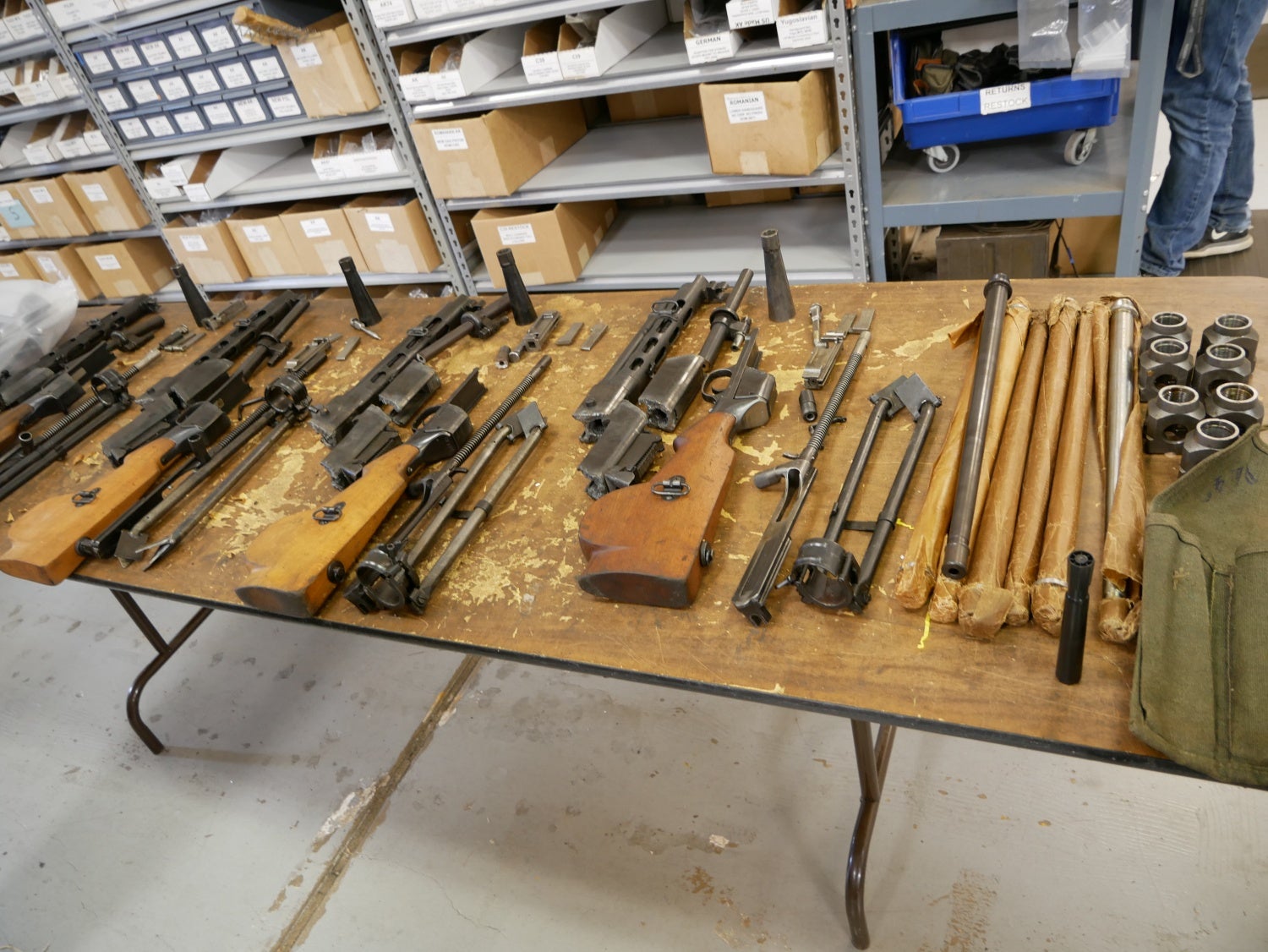Your eyes play a vital part in your ability to achieve the best results regardless of whether or not you are a professional shooter or an amateur. It is essential to know the ins and outs of all parts of your optic so that you can perform optimally with each shot.

Optic Parts: Recognizing their importance in shooting Sports
An accurate firearm is crucial for shooting sports such as hunting, competition shooting or casual plinking at the range. Optic parts are a component that is frequently overlooked, but is crucial for precision and precision. Optic parts, also known as sights, are affixed on firearms to aid shooters achieve greater accuracy and efficiency. We’ll go over the importance of optic parts as well as how they can aid in improving your shooting skills.
What are Optic Parts?
Optic components allow shooters to target their guns with greater accuracy. They are available in various forms that include iron sights, red dot sights sights and magnified scopes. Each kind of optic part is unique in its features and benefits as well as the type of part you pick will depend on your specific shooting needs and preferences.
Iron sights are the most basic type , and they are the most common on conventional firearms. The sights consist of a front and rear sight post. Shooters align them so that they are pointed at the object. A small LED is used to produce the red dot sight. The reticle is displayed on the lens as an elongated dot. These sights are well-known for their quick target acquisition as well as their ease of use. Holographic sights use lasers to create a reticle that appears as the shape of a hologram. They’re typically used in tactical and military applications. The magnified scopes are equipped with lenses that magnify the target making it easier to focus on long distances.
What is the reason Optic Parts important?
Optic parts are vital as they assist shooters in aiming more accurately and effectively. Optic parts permit shooters to target with greater precision especially at greater distances. Optic parts can also be utilized to identify targets more quickly, which makes it easier for shooters to aim correctly and quickly. Optic parts can also improve shooting accuracy in dim light conditions. This is the reason they are essential in tactical and hunting situations.
The Best Optic Parts
Choosing the right optic parts is crucial to maximize your shooting ability. When selecting an optic component, there are many aspects to consider including your shooting needs as well as your budget and the kind of firearm. The reticle and magnification are crucial.
Magnification refers to the zoom the optic part provides. Magnified scopes are typically used for long-range shooting due to the fact that they allow shooters to accurately aim at targets from thousands of miles away. Magnified scopes do not work for shooting close range. Tactical shooters love red dots and holographic sights due their ability to quickly acquire targets and close-range shooting.
When choosing an optics component, it is important to think about the type of reticle. There are different types that are suitable for different shooting conditions. A simple crosshair reticle can work best for target shooting, whereas a BDC (bullet-drop compensating) is a reticle that can be used for long-range shooting.
Maintaining Your Optic Pieces
Once you have selected the optic parts you need, it is crucial to keep them in good state. Your optic parts will remain exact and reliable over time with proper maintenance. Simple maintenance tasks include cleaning the lens, checking the zero and properly conserving optic components when they are not being used.
It is essential to wash the lenses to ensure that your optics parts give a clear and accurate image. Use a microfiber cloth with a solution to cleanse your lenses. Avoid using paper towels because they could scratch the lenses.
Examining the zero of your optic parts ensures that they’re still aligned correctly. Optics parts can become out of alignment over time due recoil and other factors. Try a few shots at the target to verify the zero, and then adjust the optics components in the event of need.
For more information, click Rifle Parts & Accessories